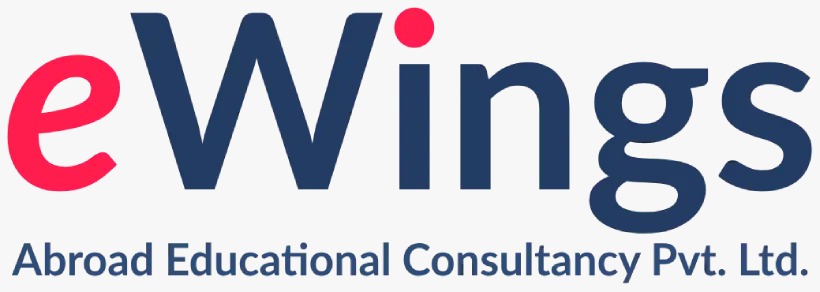In the past few decades, medical education has undergone significant development driven by technological advancement, changing healthcare needs, and a growing emphasis on patient-centered care.
The fast-paced globalization has opened a new gateway owing to increased international university partnerships, student-faculty exchange, research, and training programs. Moreover, the introduction of new technologies and trends in the realm of medical sciences is poised to shape the future of medical education.
Today the universities as well as students are working together to harness the true potential of the upcoming technological revolution so as to improve the quality of medical education.
Key Innovations and Trends Shaping Medical Education
Technology-Enhanced Learning
Virtual and Augmented Reality: The new era of virtual reality and augmented reality offers students an immersive experience to learn more about anatomy education, nursing, and surgical training. Moreover, key market players are working towards introducing new technologies in the field of medical education. For instance, in March 2021, John Hopkins University’s School of Nursing created an adaptable VR for medical training.
Simulators: Simulation-based training aims to improve patient care in a real-time setting, reduce the chances of errors, and try to build greater clinical thinking and understanding among the students. High-fidelity patient simulators provide realistic training environments for students to develop clinical skills and decision-making abilities. For example, one of the recent studies depicts that Advanced Cardiac Life Support (ACLS) skills acquired in a simulation laboratory were retained even after 14 months of training.
Online Learning Platforms: E-learning platforms offer flexibility and accessible learning opportunities, allowing students to study at their own pace and access a vast array of educational resources. Moreover, with the introduction of microlearning modules, students can now understand complex medical concepts with greater ease by studying it in smaller chunks via different formats such as presentations, infographics, mind maps, or some interactive STEM-led games.
Interprofessional Education (IPE)
Collaborative Learning: Interprofessional Education is a critical approach for preparing students to enter the health workforce where teamwork and collaboration are essential. IPE fosters collaboration among healthcare professionals from different disciplines, promoting better communication, teamwork, and patient-centered care.
Real-World Simulations: IPE also actively involves real-world simulations, allowing students to experience the challenges and rewards of working in interdisciplinary teams. These simulations immerse students in real-life-based scenarios, where they navigate the challenges of collaboration across diverse medical disciplines. This approach not only enhances their technical skills but also fosters a sense of camaraderie and shared responsibility in delivering patient-centered care.
Adaptive Learning of Medical Education & The Flipped Classroom
The Flipped Classroom Approach: Unlike the traditional method, this approach inverts in-class activities of completing assignments and attending live classroom sessions. In today’s world, the flipped classroom approach involves learning through conceptualized videos of the chapters or curricula, or by reviewing journals.
Adaptive Learning: Technology-enabled adaptive learning platforms personalize educational content based on each student’s unique strengths, needs, and areas for improvement. By analyzing individual performance, these platforms dynamically adjust lessons to optimize learning outcomes. This approach ensures more effective, targeted learning while addressing weaknesses and reinforcing strengths.
Global Health Education
Telemedicine and Global Health Partnerships: Telemedicine revolutionizes healthcare by providing unmatched convenience, allowing patients to schedule virtual appointments at their convenience. Additionally, technology fosters global collaboration among healthcare providers, enhancing the sharing of knowledge and resources across borders. This integration not only improves access to care but also strengthens the collective expertise and resourcefulness of the global medical community.
International Experience: Medical schools are increasingly offering opportunities for students to gain experience in global health settings, expanding their understanding of healthcare challenges and cultural diversity.
Patient-Centered Care
Humanistic Education: In response to the evolving healthcare landscape, medical schools are placing increased emphasis on the cultivation of humanistic values in future physicians. By prioritizing qualities such as empathy, compassion, and effective communication skills, medical training aims to produce well-rounded professionals capable of providing holistic care to patients. This shift underscores the recognition of the integral role that human connection plays in delivering high-quality medical treatment.
Community-Based Learning: Engaging students in experiential learning within community settings allows them to directly observe and comprehend the impact of social determinants of health on underserved populations. This hands-on approach fosters a deep understanding of the complexities surrounding healthcare disparities and motivates students to actively contribute to serving and advocating for these communities.
Conclusion
The ever-changing healthcare landscape necessitates a corresponding evolution in medical education. Medical schools must adjust their approach to address the shifting needs of both patients and healthcare providers.
This adaptation involves a focus on patient-centered care and the incorporation of innovative methods, ensuring that future physicians possess the requisite skills and knowledge to provide exceptional care within an increasingly intricate and dynamic healthcare environment.
By embracing concepts such as patient-centered care and incorporating novel approaches and technologies, medical schools have the opportunity to equip aspiring physicians with the tools they need to thrive in the healthcare of tomorrow.
This forward-looking approach ensures that medical professionals are well-prepared to navigate the complexities and rapid changes within the healthcare industry, ultimately leading to the delivery of high-quality care and improved patient outcomes.
Read more articles at: Click Here
